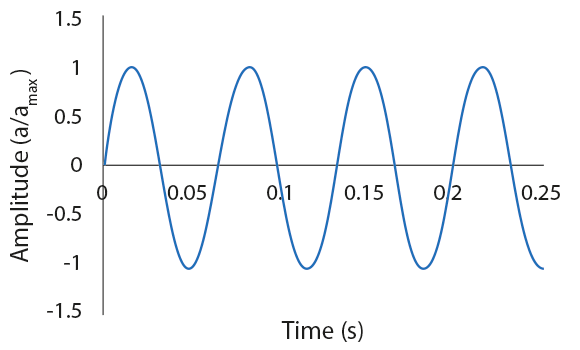Technical
AD 277: Load Combinations for the Design of Low-Rise Buildings
Since the release of BS 5950-1: 2000, our advisory service has received numerous queries in relation to the interpretation of the phrase realistic combination in clause 2.4.1.1. The sentence containing the phrase reads: “The factored loads should be applied in the most unfavourable realistic combination for the part or effect under consideration.” (The italics do not appear in the code). Principal combinations appropriate for buildings are given in BS 5950-1: 2000 Clauses 2.4.1.2. and 2.4.1.3. Following a consultation process with various bodies within the Steelwork Sector, this Advisory Desk Note provides guidance on the load combinations for the design of low-rise buildings.
The designers of low-rise buildings have for many years used their engineering judgement to interpret the phrase realistic combination, and this has led to many different views. In particular, Load Combination 3 (dead load, imposed load and wind load) appears to have had a wide range of interpretations and hence many related questions. Questions arise from the perceived improbability of full imposed load on a roof when the wind load is also at its maximum.
Firstly, it is difficult to imagine a maintenance load of 0.6kN/m² over more than a small proportion of a large single storey roof at any one time. It is even more difficult to imagine a maintenance load over an entire roof with the wind at its most onerous. It is improbable that the roof will be maintained or cleaned during a windstorm.
Secondly, many designers find it difficult to imagine that snow will remain on a roof when the wind is at maximum speed, although they would accept that it is unlikely that wind will blow away the snow when the snowfall has frozen or is close to melting point. Thus it is recommended that the combinations of wind and the various snow loads be considered realistic combinations. BS 6399-3: 1988 should be referred to for an understanding of the various snow loads – uniform, asymmetric and drifted.
It is recommended that low-rise buildings should be designed for the following load combinations:
SERVICEABILITY LIMIT STATE
Deflections should be checked under the following combinations of un-factored loads:
- 100% roof imposed load. i.e. The greater of the snow loads (uniform or asymmetric) and the minimum roof (maintenance) load, e.g. 0.6kN/m²
- 100% wind load
- 80% snow load (uniform or asymmetric)+ 80% wind load
- Other reasonable combinations that may arise from real and definable loads.
Note that AD 273 gives recommendations for the wind loads to considered when checking deflections.
ULTIMATE LIMIT STATE
The resistance of the building frames should be checked under the following combinations of factored loads:
- Load combination 1: Dead load and imposed load (gravity load). The roof imposed load should be taken as the greater of the snow load (uniform, asymmetric or drifted (1)) and the minimum roof (maintenance) load(2), e.g. 0.6 kN/m².
- Load combination 2: Dead load and wind load.
- Load combination 3: Dead load, imposed load and wind load. The roof imposed load should be taken as the snow load (uniform, asymmetric or drifted) and/or other real and definable loads, but not the minimum roof (maintenance) load (e.g. 0.6 kN/m²).
NOTES:
- The drifted snow condition is considered to be an exceptional or accidental case and both BS 5950-1: 2000 and BS 6399-3: 1988 recommend a partial factor of 1.05 with its use.
- The allowance of 0.6 kN/m2 is used where no access is provided to a roof other than that necessary for cleaning and maintenance. If the roof is to have access, or is designed for specific usages, then the designer should consult BS 6399 Parts 1 and 3 to determine the loading to be used in its design.
- The structure of a low-rise building, including its roof, sometimes has to perform other functions than just carry roof and wind loads, for example support a suspended platform or walkway, gantry girder, hoist or runway beam. These additional loads must also be accounted for at SLS and ULS.
Contact: Thomas Cosgrove
Email: t.cosgrove@steel-sci.com
Telephone: 01344 623 345












